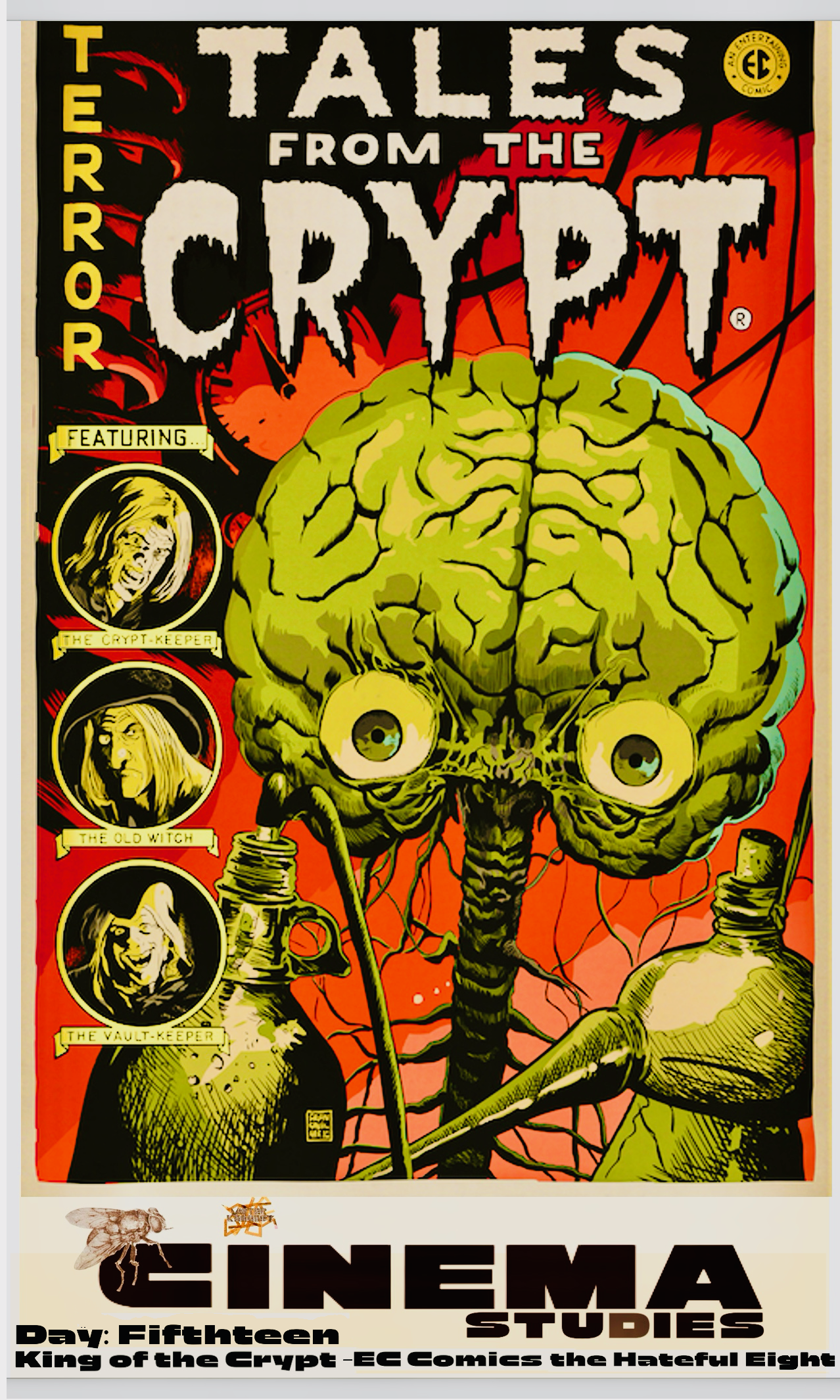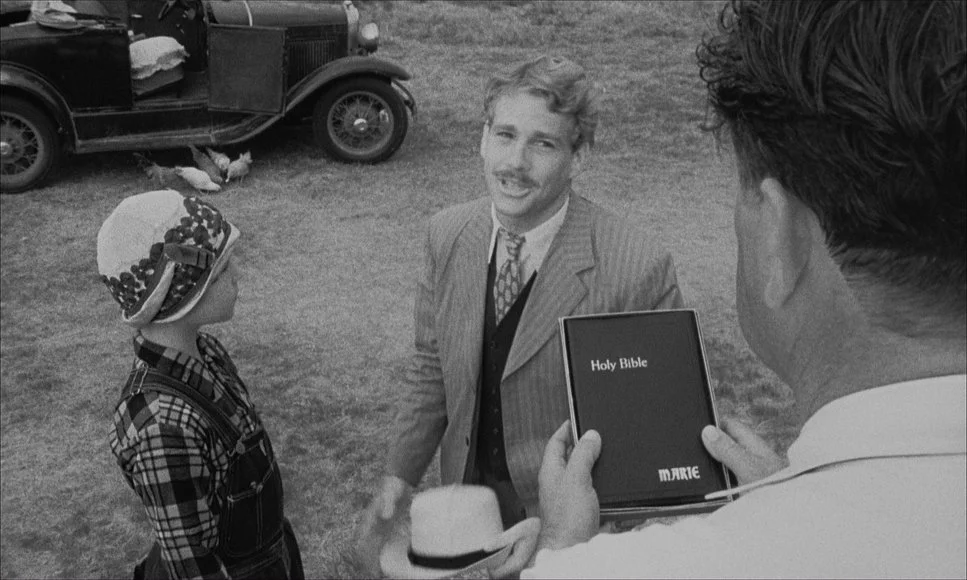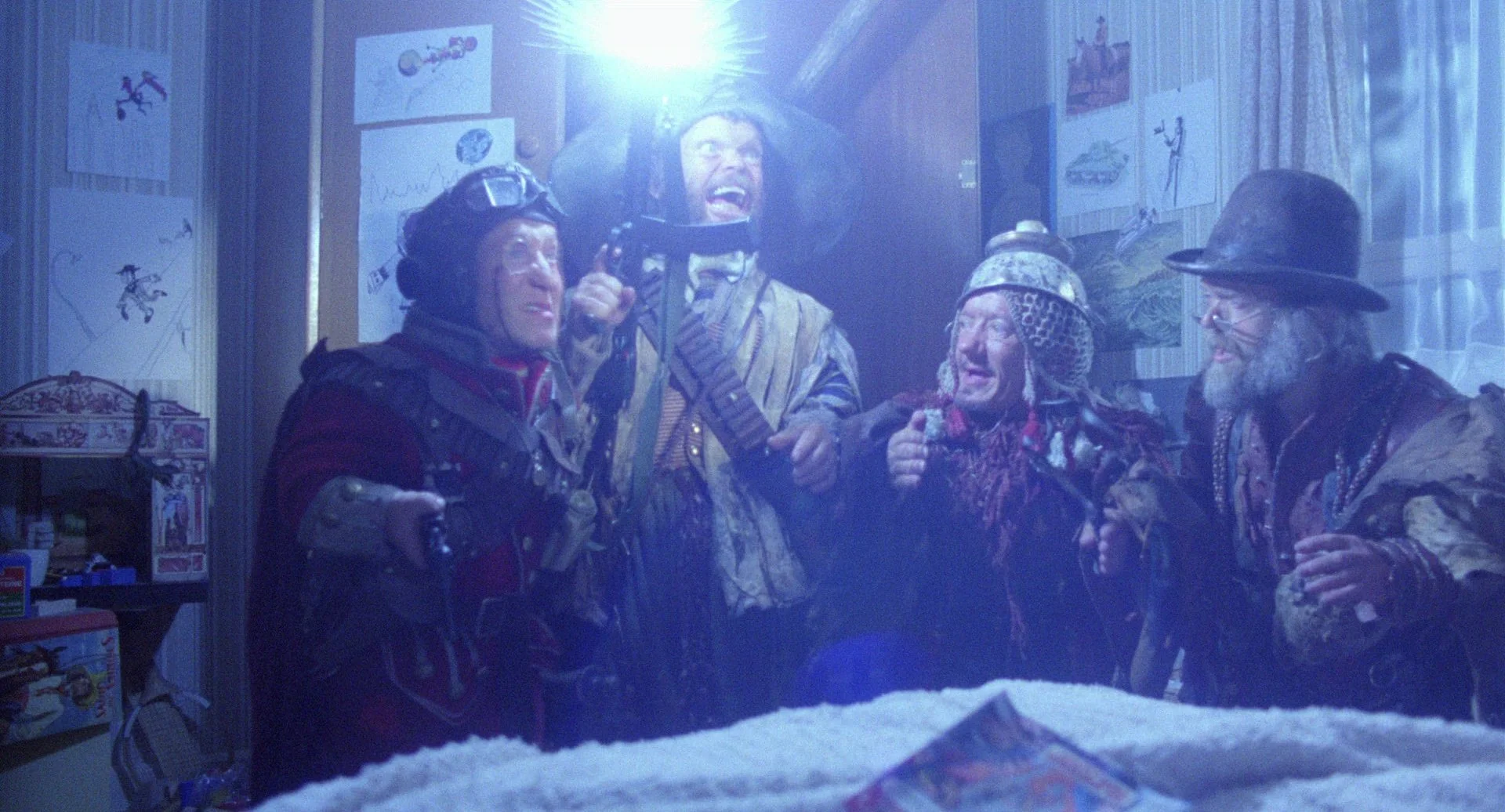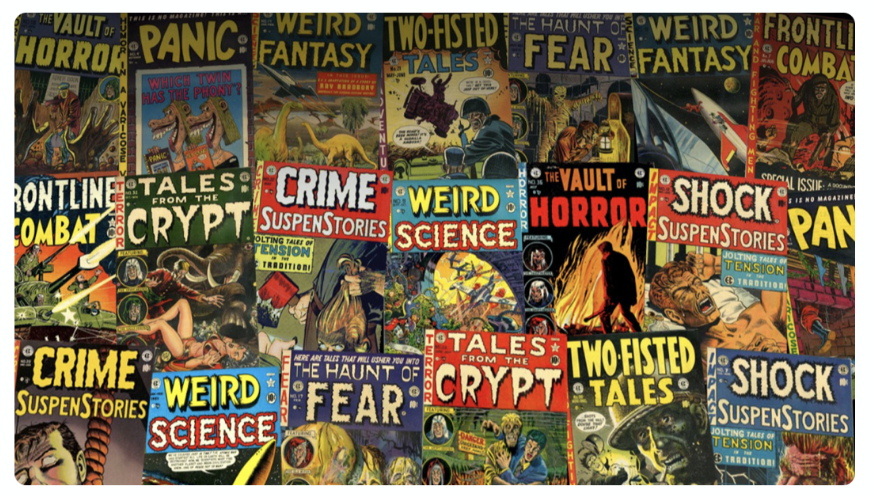I've been fortunate to be in the right place at the right time, and for the first 17 years of my life, I lived those moments daily. It all started when my parents had our home on Aulwood Road built on the inlet of Shippan Pointe, Connecticut, back in 1980. Back then people would solicit your home with direct sales, like the character Moses Prey.
Enter Cablevision
It was my portal into what was happening in Connecticut, New York City, and New Jersey (the Tri-State area) from a news, culture, and entertainment standpoint. Most importantly it was an introduction to a world that would help to raise the imaginative content that allowed me a space to learn and engage with content that was beyond my age. The 1980s were all about television and self-expression. Television was coming into its own with the passage of the 1984 Cable Act
which allowed for more TV networks to launch and through the decade over 70 new networks launched that focused on niche markets. The birth of the first 24-hour news station was launched with CNN, music lovers were sucked into a world of music videos with the creation of MTV, and sports programming became an all-day affair with ESPN launching in 1979 and going 24 hours in 1980.
To sum this up I was raised in the era in which Cable Television was created, and VHS ruled the after school get togethers; hence my love of cinema.
Cablevision provided content that I couldn't get within a book, or microfiche (this was the decade before the internet would be channeled from the collegiate world into our homes). But for me and the neighborhood crew consisting of 3 boys, and 4 girls; it was the summer of 1989 that changed everything for us. It was filled with the normal coming-of-age saga of things a middle schooler did to show they were someone to hang with and be around; if they wanted to be in the action.
It was a ritual the every other Friday without my parents knowledge, I would invite friends over for sleepovers and to hang out on Marion Castle's private beach before being told to leave as unwanted guest by the guardsman Stanley; who warned us each time that he would tell our parents.
Indulging in "delinquency" over food was when moments became core memories. From Tekko's Japanese imports to my cousin Coose's recording of Face of Death films and the comedy specials cage matches of Sam Kinison vs. Andrew Dice Clay or Eddie Murphy vs. Richard Pryor. Hightlighted by situational comedies of Jack and Elwood Blues or the lampoons of Cheech and Chong all while eating pizzas from papa’s pizza.
This was how we entered the summer of 1989. Brazenly doing what we could to be independent of our parents expectations.
Sneaking girls into the basement recreation room I dubbed "Tavern on the Kennedy Compounds" a nod to New York City's Tavern on the Green and the fact that we lived on Shippan Pointe like the Kennedy Compound; as they lied to their parents about staying over at Aissa's house; as her older sister would cover for us for a small fee.
But then everything changed on that summer night in June of 1989, as we all eagerly waited for the premier of a show to air and everybody took notice as its host the Crypt Keeper ushered in new retellings of the classic EC Comics of the 1950s. It was a school night and the Beta max was ready to document history unbeknownst to my parents!
A critically acclaimed horror anthology series that ran from 1989 to 1996. Every week, the show featured the Crypt Keeper telling horrifying tales. Because the show was on the premium cable channel HBO, it was not subject to FCC censorship and featured lots of gore and sexual situations. The Crypt Keeper, a gruesome undead puppet voiced by John Kassir and performed by Patty Maloney, served as the host and narrator in a manner similar to that of Rod Serling on The Twilight Zone (1959), providing lead-ins and closing comments... which were filled with puns of a macabre nature of its predecessor and sourced material creator EC Comics.
In the introduction to the massive, gorgeously illustrated recent book The History of EC Comics, author Grant Geissman asks, "Why should there be a gigantic, weighty tome in celebration of these comics?" His answer: "Put simply, because this lesser-known company had an enormous impact on American pop culture, managing to be both commercially successful as well as boldly innovative. At its creative peak in the 1950s ... EC reads like a 'who's who' of mid-20th Century comic books."
Founded by legendary comic book pioneer M.C. Gaines, then inherited by his son William Gaines in 1947, EC Comics (Entertaining Comics), thrilled kids in the 1950s with lurid art, gory stories, sexy women, and space adventures. With titles such as Tales from the Crypt, Shock SuspenStories, The Vault of Horror, Two-Fisted Tales, and Weird Science, EC specialized in horror and crime stories, but also issued war comics, fantasy, and science fiction.
EC Comics are most commonly associated with the horror stories that shocked parents and U.S. Senators in 1954.
While EC is often revered as a colorful expression of the deeper fears and psychic complexes of humanity during the bland 1950s, the Eisenhower era wasn't culturally barren. In an illuminating essay for Commentary, Fred Siegel explored how Americans were culturally hungry for highbrow culture in the 1950s, the decade in which EC also thrived.
Far from being the blockheads described by elites, Americans at the time "were sampling the greatest works of Western civilization for the first time."
There was a 250 percent growth in the number of local symphony orchestras between 1940 and 1955. In 1955, writes Siegel, "15 million people paid to attend major league baseball games, while 35 million paid to attend classical music concerts. The New York Metropolitan Opera's Saturday afternoon radio broadcast drew a listenership of 15 million out of an overall population of 165 million." He goes on:
"NBC spent $500,000 in 1956 to present a three-hour version of Shakespeare's Richard Ill starring Laurence Olivier. The broadcast drew 50 million viewers; as many as 25 million watched all three hours." Saul Bellow's The Adventures of Augie March, a National Book Award winner, sold one million copies in paperback in the early 1950s.
Could today's Americans boast such broad literacy? Does this sound like history repeating itself?
The show was very influential, and helped bring along more anthology horror shows to come in the 1990s and 2000s, both for adults and for children. The show still currently holds the distinction of being the longest running original series ever to run on HBO.
